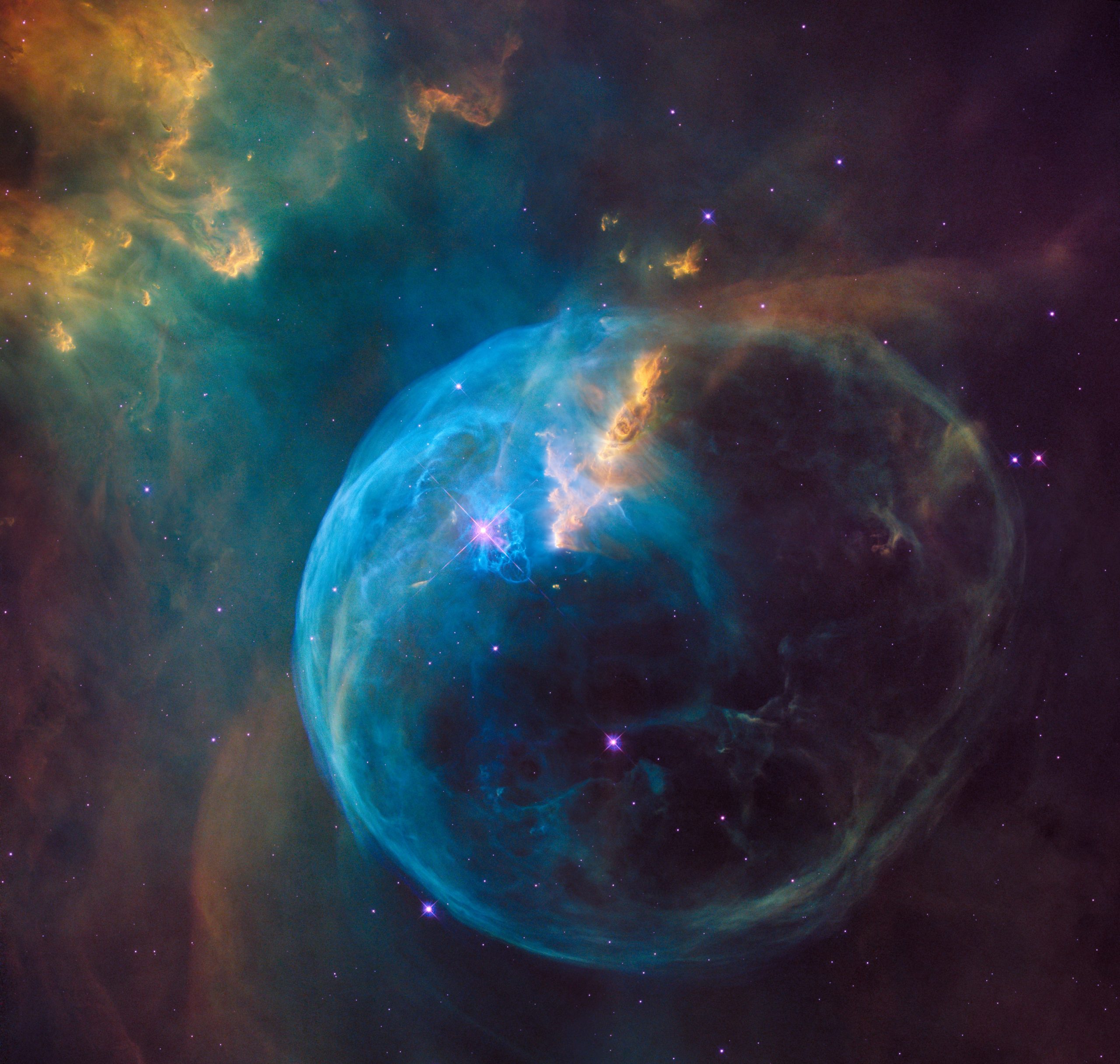Understanding Geomancy: The Ancient Art of Earth Divination
Throughout history, humans have sought to understand and interpret natural phenomena to gain insights into their lives, the world around them, and the future. From astrology to tarot reading, various divination practices have emerged across different cultures and civilizations. One such ancient practice is geomancy, a form of earth divination that has been used for centuries to seek answers and guidance. In this comprehensive guide, we delve into the fascinating world of geomancy, exploring its history, techniques, and significance.
What is Geomancy?
Geomancy, derived from the Greek words “geo” meaning earth and “manteia” meaning divination, is an ancient practice that involves interpreting patterns and formations on the earth’s surface to gain insights and answers. Often referred to as “the divination of the earth,” geomancy has roots in various cultures including Arabic, African, and European societies.
This esoteric art encompasses the belief that the earth carries energy and wisdom that can be harnessed through observation and interpretation. Similar to reading tea leaves or studying the alignment of stars in astrology, geomancers rely on specific patterns, symbols, and alignments to understand the messages conveyed by the earth.
A Brief History of Geomancy
The exact origins of geomancy are difficult to trace, as the practice predates written records. It is believed to have originated in the Middle East, specifically in ancient Mesopotamia (modern-day Iraq) around 5000 years ago. From there, it spread to North Africa and Europe during the medieval period, gaining popularity among scholars, philosophers, and practitioners of the occult.
Geomancy reached its peak during the Arabic-Islamic Golden Age, where it was embraced by scholars and integrated into various cultural and religious practices. Islamic geomancy, known as “ilm al-raml” or the science of sand, explored the intricate connections between the earth, mathematics, and metaphysics.
During the Renaissance, geomancy experienced a resurgence in Europe, with influential figures like Cornelius Agrippa and John Dee incorporating it into their studies of esoteric knowledge. The widespread fascination with ancient knowledge and mysticism during this period further fueled the interest in geomancy.
Techniques and Practices
Geomancy employs a range of techniques to interpret the earth’s messages and provide answers to specific questions or concerns. The most common method involves creating geomantic figures, also known as “mothers” and “daughters.” The figures are formed by making random marks in sand, soil, or using other mediums, and then connecting the marks to form lines and shapes.
The figures consist of four rows, with each row containing one or two dots. By following a series of mathematical operations, geomancers generate 16 unique figures. Each figure carries its own symbolic meaning, representing different aspects of life, natural elements, and states of being.
To gain insight into a particular question or issue, a geomancer focuses on a specific figure, often referred to as the “Judge,” which represents the answer. The Judge is determined by combining the original four figures generated, and its interpretation depends on various factors such as adjacent figures, astrological correspondences, and the practitioner’s intuition.
Additionally, geomancy can incorporate other divinatory systems, such as astrology and tarot, to enhance interpretations. Astrological associations attribute zodiac signs and planetary influences to the geomantic figures, providing further layers of insight and depth.
Applications and Significance
Geomancy serves as a tool for self-reflection, decision-making, and divination. Its applications span various areas of life, including personal matters, relationships, health, and business. Practitioners of geomancy often consult the earth’s wisdom to seek guidance, gain clarity, and make informed choices.
In ancient times, geomancy was used to determine optimal locations for building, agriculture, and burial grounds. The understanding of energetic flows and earth patterns helped connect individuals with the land and foster harmonious relationships with the environment.
Today, geomancy continues to resonate with individuals seeking spiritual and intuitive insights. Many practitioners utilize geomancy as a complementary practice alongside other divination methods or holistic approaches to personal development.
Criticism and Skepticism
As with any divination practice, geomancy faces criticism and skepticism. Skeptics argue that the patterns and interpretations are subjective and lack empirical evidence. They attribute the perceived accuracy of geomancy readings to coincidence or the practitioner’s ability to provide vague and generalized insights.
However, supporters of geomancy argue that its true value lies in the personalized reflection and introspection it encourages. The symbolic language of geomantic figures acts as a mirror, prompting individuals to explore their thoughts, emotions, and subconscious biases.
While it is crucial to approach geomancy, like any divination practice, with an open mind, it can provide a unique lens through which to view life’s challenges and opportunities.
Conclusion
Geomancy, rooted in ancient traditions and woven into the tapestry of human history, continues to captivate and intrigue seekers of knowledge and spiritual insights. This esoteric art offers a pathway to connect with the earth’s wisdom and explore the depths of one’s subconscious.
Whether regarded as a mystical tool or a tangible means of gaining guidance, geomancy reflects our eternal quest for understanding the world and our place in it. By embracing this ancient practice, we become part of a timeless tradition that spans cultures, generations, and continents.
So, the next time you find yourself pondering life’s mysteries, take a moment to explore the wisdom of the earth beneath your feet, and who knows what fascinating insights geomancy may reveal.
Table of Contents
